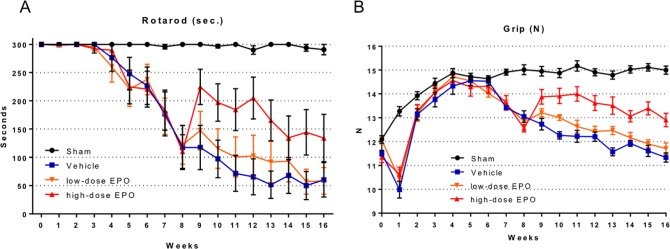Fig 4. Treatment experiment: Motor function.
A: Time course of rotarod performance measured by walking time on a rotarod (cut-off 300 seconds). In the compression models (vehicle, low-dose EPO, and high-dose EPO groups), rotarod performance gradually declined from 3 weeks after surgery, and showed a significant difference at 7 weeks after surgery. After administration of EPO from 8 weeks, rotarod performance improved in the EPO groups. Especially in the high-dose EPO group, performance markedly improved. This effect was maintained with a significant difference by week 13 after surgery (P < 0.01: two-way ANOVA). In the low-dose EPO group, slight improvement in rotarod performance was observed, but it did not reach statistical significance compared with the vehicle group. B: Time course of forelimb grip strength. In the compression groups, the strength started to decline from 6 weeks after surgery, and a significant decline was observed at 7 weeks. EPO was administered at 8 weeks, and grip strength improved, especially in the high-dose EPO group. Significant improvement was seen from 9 weeks in the high-dose EPO group (P < 0.0001: two-way ANOVA) and continued up to 16 weeks after surgery. In the low-dose EPO group, grip strength slightly improved, but no significant difference was found compared with the vehicle group.

